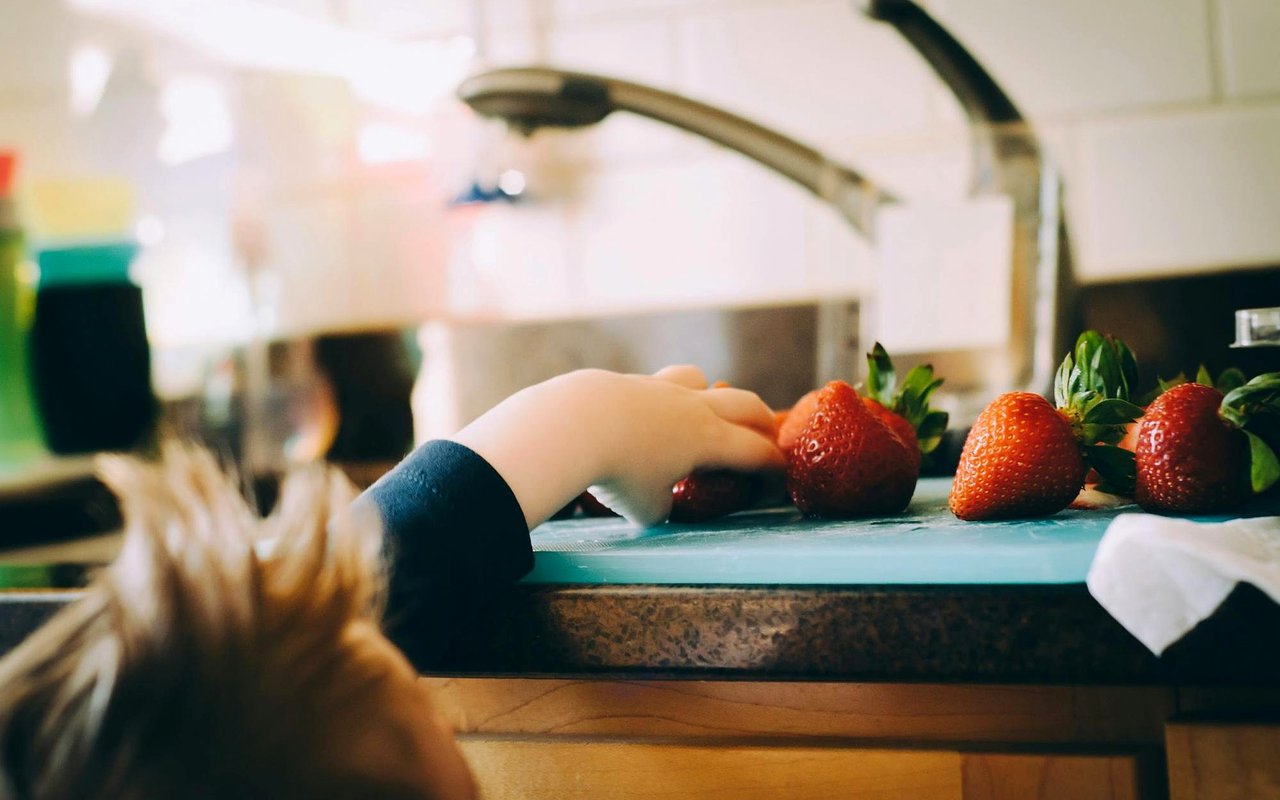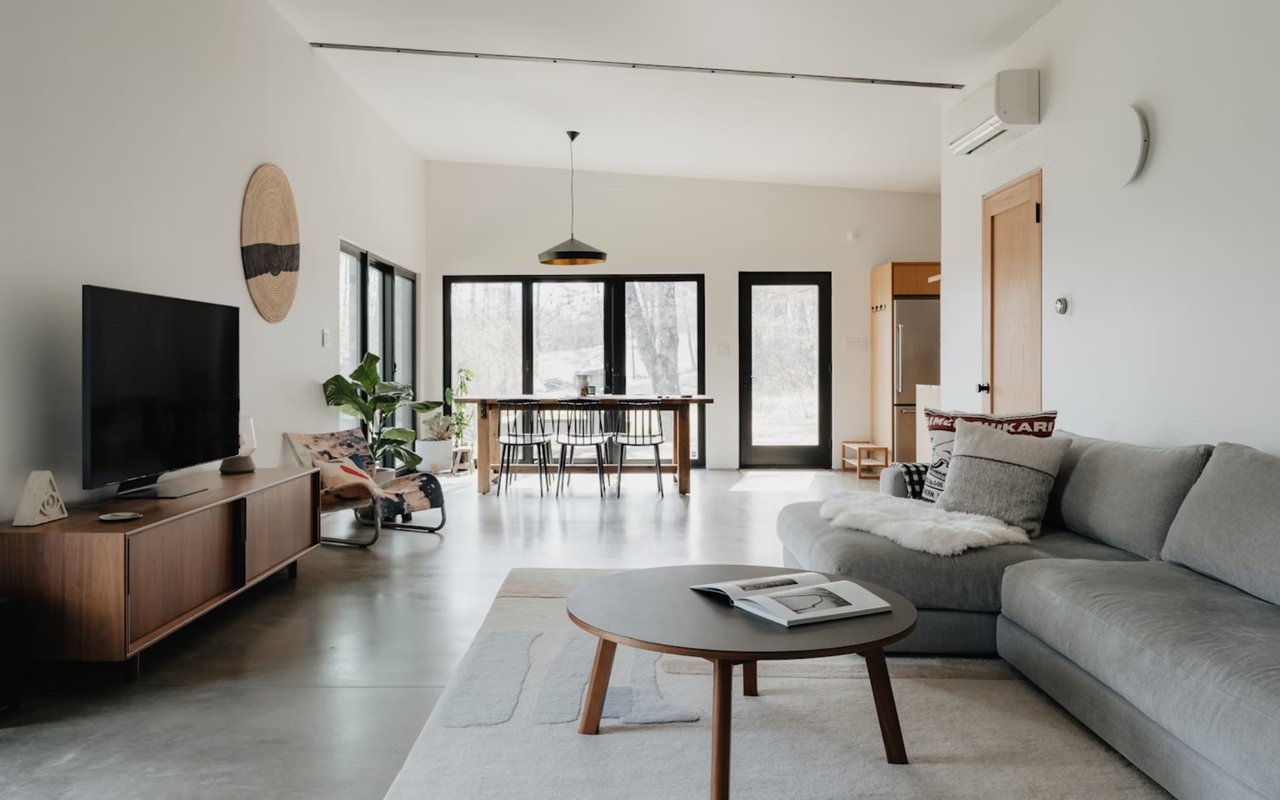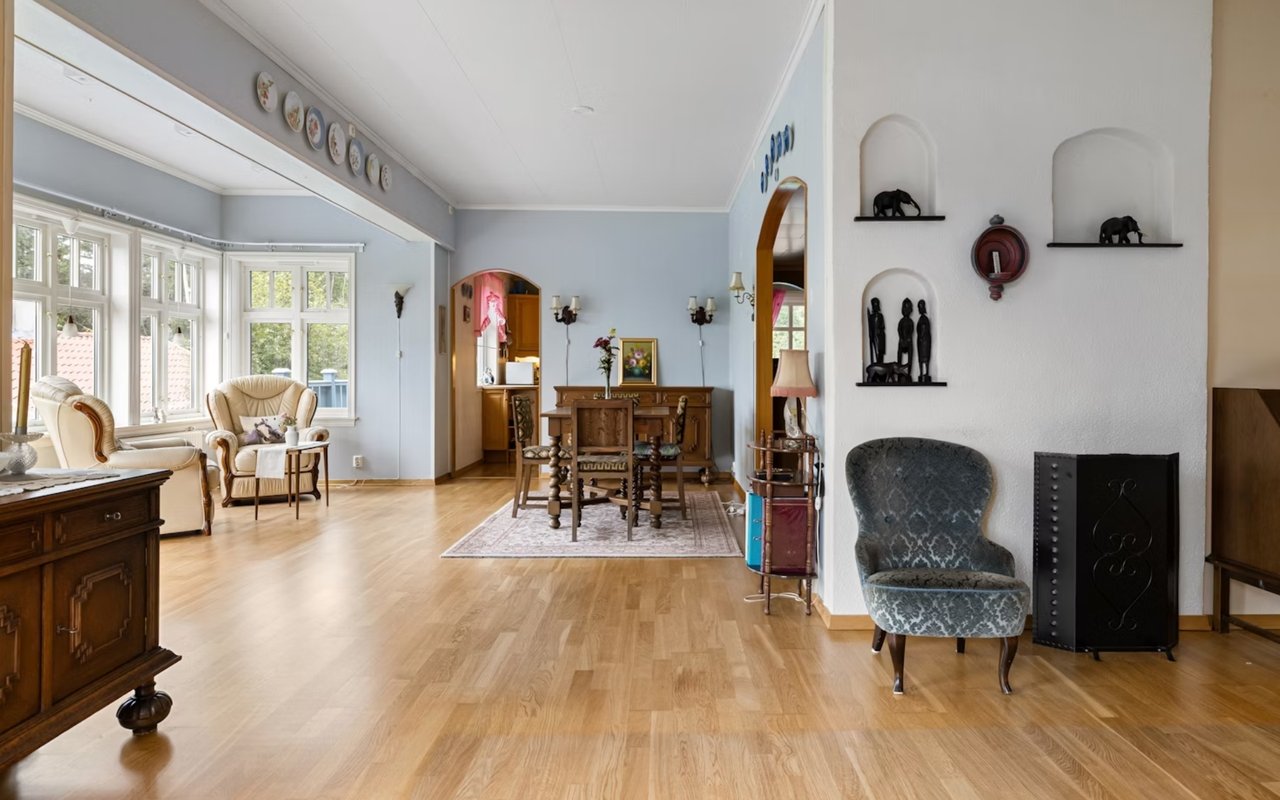When you think about your home, you likely picture a place of comfort and relaxation. However, once children enter the picture, it takes on a new identity — one where every sharp edge, dangling cord, and unattended drawer holds potential risk.
Childproofing your home is not about hovering or being overly cautious. It’s about creating an environment where your little ones can explore freely without encountering hidden hazards. Many parents and caregivers are surprised by just how quickly infants and toddlers transition from crawling to climbing and how often everyday household items can lead to unexpected injuries. By proactively taking steps to modify certain areas of your home, you’ll give yourself peace of mind and create a space where children can play, learn, and grow without unnecessary risk.
The goal isn’t to eliminate all challenges but to minimize the dangers you can control while keeping your home livable and functional.
Start With A Comprehensive Walkthrough
Before you begin installing gates or padding corners, take a detailed walkthrough of your home from a child’s perspective. If you can, crouch down on your hands and knees and explore each room at a lower eye level. What do you see? Exposed outlets, unlatched cabinets, and dangling cords may not seem threatening from your usual vantage point, but to a toddler, they’re fascinating invitations to investigate. Walking through the space this way allows you to spot potential hazards that may otherwise go unnoticed.
Focus on key areas where children tend to spend the most time. The living room, kitchen, and bathrooms typically present the highest number of risks due to furniture, appliances, and everyday items that could be sharp, hot, or easy to ingest. Pay close attention to entryways, staircases, and anywhere with furniture that a child could climb or topple over. Once you've identified the weak points in each area, you can begin prioritizing what needs to be adjusted or secured.
Focus on key areas where children tend to spend the most time. The living room, kitchen, and bathrooms typically present the highest number of risks due to furniture, appliances, and everyday items that could be sharp, hot, or easy to ingest. Pay close attention to entryways, staircases, and anywhere with furniture that a child could climb or topple over. Once you've identified the weak points in each area, you can begin prioritizing what needs to be adjusted or secured.
Anchor Furniture And Secure Heavy Items
One of the most commonly overlooked dangers in any home is unsecured furniture. Bookcases, dressers, and TV stands might seem stable, but a climbing child can easily cause them to tip over. Young children may try to pull out drawers or climb shelves as if they're steps. Anchoring the furniture to the wall is a simple but powerful safety improvement that can prevent serious injury. You can purchase anti-tip kits from hardware stores or online, and they’re relatively easy to install.
In addition to securing furniture, make sure that heavy items — such as TVs, speakers, and large decorative objects — are kept out of reach. Flat-screen televisions should be mounted to the wall or placed on a low, stable unit with anti-tip straps. Avoid placing remote controls, toys, or other tempting items on top of furniture that a child might try to climb. Keeping heavy items secured and inaccessible helps reduce the chances of tipping accidents and reinforces safer exploration within the home.
In addition to securing furniture, make sure that heavy items — such as TVs, speakers, and large decorative objects — are kept out of reach. Flat-screen televisions should be mounted to the wall or placed on a low, stable unit with anti-tip straps. Avoid placing remote controls, toys, or other tempting items on top of furniture that a child might try to climb. Keeping heavy items secured and inaccessible helps reduce the chances of tipping accidents and reinforces safer exploration within the home.
Childproof The Kitchen
From hot surfaces and sharp utensils to cleaning products and heavy pots, this room deserves special attention when childproofing. Begin by adding safety latches to lower cabinets and drawers, especially those that contain cleaning supplies, sharp objects, or small appliances with detachable parts. Even non-toxic items can become dangerous in the hands of an unsupervised child.
Consider installing stove knob covers and oven locks to prevent children from accidentally turning on the burners or opening hot ovens. If your stove has front-facing knobs, this is particularly important.
Move potentially dangerous items, such as knives and scissors, to higher cabinets or secure them in child-resistant drawers. Additionally, keep countertop appliances unplugged when not in use, and ensure cords are tucked away. The kitchen can remain a place of warmth and gathering while still being designed with child safety in mind.
Consider installing stove knob covers and oven locks to prevent children from accidentally turning on the burners or opening hot ovens. If your stove has front-facing knobs, this is particularly important.
Move potentially dangerous items, such as knives and scissors, to higher cabinets or secure them in child-resistant drawers. Additionally, keep countertop appliances unplugged when not in use, and ensure cords are tucked away. The kitchen can remain a place of warmth and gathering while still being designed with child safety in mind.
Make Bathrooms Less Risky
Bathrooms combine slippery surfaces, sharp tools, medications, and cleaning chemicals — making them one of the riskiest areas in the house. Start by installing childproof latches on all cabinets and drawers. Store medications, razors, and toiletries in high cabinets that are completely out of reach. Even vitamins and supplements should be treated with caution. Avoid relying on simply “hiding” items behind closed doors or shower curtains, as children can be remarkably resourceful.
Add anti-slip mats both inside and outside the bathtub to reduce the risk of falls. Install soft covers over faucet spouts, especially if you have a toddler who enjoys bath time. Always keep hair dryers and electric toothbrushes unplugged and stored away when not in use.
Add anti-slip mats both inside and outside the bathtub to reduce the risk of falls. Install soft covers over faucet spouts, especially if you have a toddler who enjoys bath time. Always keep hair dryers and electric toothbrushes unplugged and stored away when not in use.
Stairs, Doors, And Gates
Install sturdy baby gates at the top and bottom of staircases to prevent falls. Choose hardware-mounted gates for the top of stairs, as pressure-mounted options can loosen over time and pose a tipping risk. Look for gates that are tall, durable, and difficult for a child to climb over or open.
For doorways, consider doorknob covers or lever locks that restrict access to rooms you don’t want children to enter unsupervised. If your home has sliding doors or glass doors, invest in door alarms or locks that keep children from venturing outside alone. Be sure to regularly check gates and locks for wear or looseness, and replace them as needed. These access barriers are your first line of defense in managing your child’s environment and limiting exposure to risks.
For doorways, consider doorknob covers or lever locks that restrict access to rooms you don’t want children to enter unsupervised. If your home has sliding doors or glass doors, invest in door alarms or locks that keep children from venturing outside alone. Be sure to regularly check gates and locks for wear or looseness, and replace them as needed. These access barriers are your first line of defense in managing your child’s environment and limiting exposure to risks.
Regularly Reevaluate As Your Child Grows
One of the most important aspects of maintaining a child-safe home is recognizing that safety isn’t a one-time task. As your child grows, so do their abilities and curiosity. What was once out of reach at 18 months might become easily accessible by the time they’re two or three. Set aside time every few months to reassess your childproofing strategies. Observe how your child interacts with their environment, and adjust accordingly.
Stay up to date with product recalls and safety recommendations, especially for cribs, high chairs, car seats, and toys. Sometimes, a product you’ve been using safely for months may be recalled due to newly discovered risks. Remaining proactive allows you to stay ahead of the curve and keep your home aligned with your child’s changing needs.
Stay up to date with product recalls and safety recommendations, especially for cribs, high chairs, car seats, and toys. Sometimes, a product you’ve been using safely for months may be recalled due to newly discovered risks. Remaining proactive allows you to stay ahead of the curve and keep your home aligned with your child’s changing needs.
Creating A Home That Grows With Your Child
Ultimately, you don’t need to redesign your entire home to make it safer for children. Small, thoughtful adjustments can go a long way. After all, you’re not just setting up rooms; you’re shaping experiences that allow your children to move through life with confidence and care. And while no home can be perfectly risk-free, yours can absolutely be prepared.
If you’re ready to find a beautiful home in Thousand Oaks for the whole crew, consult the Madge & Hamilton Group for expert guidance.
If you’re ready to find a beautiful home in Thousand Oaks for the whole crew, consult the Madge & Hamilton Group for expert guidance.




